READY TO GET STARTED?
REQUEST A FREE ESTIMATE
Fill out the form below or call (888) 466-7849 for a free, no-obligation estimate.
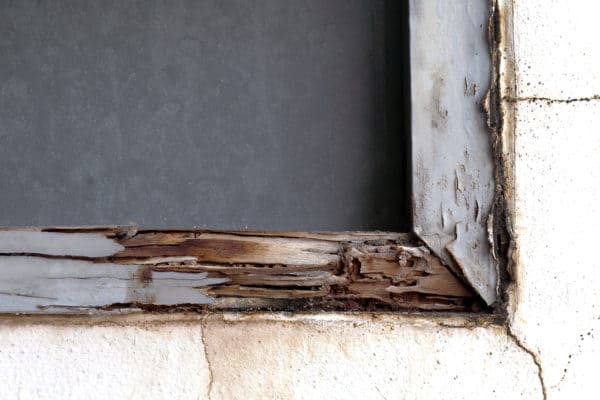
When it comes to protecting your home from termites, your best bet is not to rely on just luck – termite prevention is critical to minimizing or completely avoiding the costly destruction termites can cause to your home. In fact, some cultures consider termites in the home bad luck. These cultures see termites as an omen of death in the near future for the homeowner; the only way to escape this ill fate is to eliminate the termite colony or abandon the infested home.
If prevention fails, early detection is the next best thing. Termites can cause significant damage to your home while remaining undetected for years. For this reason, annual termite inspections can help identify these pests early, saving you from costly long-term damages.
Prevention is key. Here are a few tips for termite prevention in your home:
Termites will look for any way possible into your home in search of food. Try to reduce any soil to wood contact around your home by getting rid of any lumber, mulch, plants, or wood from your foundation. Try to also keep at least a 4 inch barrier between any mulch used in your landscaping and the side of your home. If possible, use pine straw instead of mulch as it is less appetizing for termites. Keep shrubbery trimmed back at least 12 inches from the walls of your home and get rid of any fallen branches, dead wood, or old tree stumps on your property.
Make sure your storm drains are directed away from the foundations and that they drain at least a few feet from foundations. Check for and repair any leaky faucets, pipes, or appliances and eliminate any other sources of excess moisture in your home. Keep sprinkler heads pointed away from foundations. If you have a crawlspace, consider crawlspace enclosure to not only help eliminate moisture under your home, but prevent mold, mildew, wood rot, and pests from getting into your home.
Most subterranean termites swarm during spring while drywood termites usually swarm in late summer and early fall. Be mindful of termite swarming season and make sure your outdoor lights are turned off at night. If possible, try to relocate any exterior lights to recessed areas away from doors and windows as swarmers are attracted to light.
Keep an eye out for signs of termites in your home. Discarded wings and evidence of frass are sure signs you have termite tenants. Other signs include blistering sheetrock, mud tunnels, cracks in your foundations, and a hollow sound when tapping on wood. Make sure the exterior of your home is well maintained to prevent these by inspecting and repairing wood siding and window frames.
Termites can be difficult to detect for long periods of time and even more difficult to get rid of once they are established. If you suspect you have a termite problem or if you want to get a step ahead of the prevention game, contact a professional pest control company who can set you up with annual termite inspections and, if necessary, a termite control plan.
Energy Saving for the Holidays
Should You Enclose Your Crawlspace in Winter?
Keeping Pests Away From Your Holiday Treats
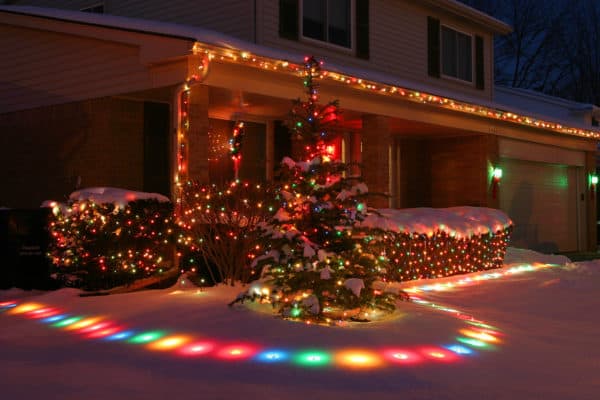
With the holidays looming near, you may be looking for areas where you can cut back on costs to give you that extra holiday cushion. We have a few tips you can consider that can not only help you go green but also put some extra cash back in your pocket!
Properly insulating your home can help energy efficiency throughout, helping you save money in the long run, not just the holiday season. Let Northwest help you go green and save green! Call and schedule your free inspection today!
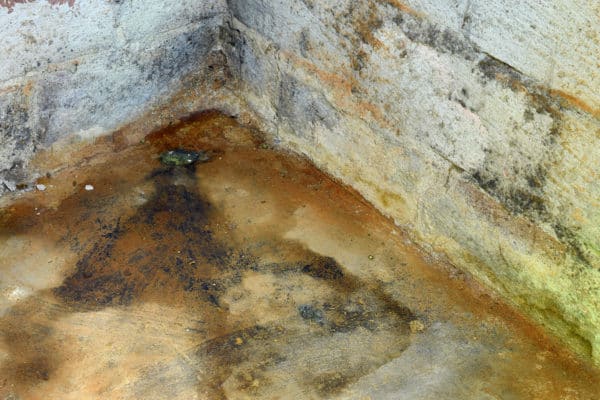
Should you enclose your crawlspace this winter? The resounding answer is yes. There are several benefits to crawlspace enclosure, especially when cold weather sets in and energy costs soar. Most crawlspaces house pipes, ducts, and other appliances. Continuous exposure to cold air and freezing temperatures can lead to frozen and busted pipes and potential water damage. While it is important to keep your crawlspace clean and dry year-round, it is especially important in the winter as it can easily become damp and humid. The excessive moisture and extreme temperatures can also cause significant damage to your home.
While closing your crawlspace vents can help, it is often not enough to keep moisture, insects, and other pests out of your crawlspace. The moisture found in crawlspaces attracts pests like termites, roaches, and millipedes and the crawlspace provides the ideal entry point to your home. The increased humidity also provides the ideal environment for mold and wood rot which can lead to serious health issues for your family and trigger allergies and asthma.
Cold air from your crawlspace can also seep through into your home, keeping your floors cold and causing your heating system to work overtime, greatly increasing your energy costs.
So what can you do this winter to keep the cold and the pests out of your crawlspace? Here are 4 steps to protecting your crawlspace this winter.
Your gutters can’t drain properly when they are clogged with leaves and debris. These clogs cause overflows with the water collecting at the base of the house. This overflow then seeps into the ground and evaporates into your crawlspace. Standing water from clogged gutters also attracts pests like mosquitoes and roaches to your home. Make sure runoff is directed away from the base of your home. If possible, extend your gutters to drain at least 10 feet away from your crawlspace. Make sure your gutters stay clean and free of debris. Consider installing gutter guards to help prevent clogs.
Although air vents allow air to circulate through your crawlspace, they also provide an entryway for water and moisture. In the winter, close all the air vents to your crawlspace before the temperatures get too cold. Have them sealed properly to prevent rainwater and moisture from getting inside. This also helps ensure your crawlspace stays warm in the winter and cool in the summer.
Your crawlspace walls, corners, and even base can have tiny holes that allow air leaks into the area. Professionally sealing your crawlspace can help prevent air from circulating through these cracks which, in turn, helps reduce humidity and keeps the warm air in.
Most crawlspaces have no covering or protection on their floors. A substantial amount of water evaporates from the ground and increases the humidity in the crawlspace. The professional installation of a vapor barrier can help prevent this evaporation and keep water and moisture out.
Whatever the season, crawlspace enclosure is a beneficial addition to your home. It not only helps increase the air quality of your home by preventing mold and wood rot, it also provides a natural pest control barrier. It also helps keep the cold air out, which means your heating unit doesn’t have to work as hard, increasing its efficiency and decreasing your energy costs.
How To Deal With Moles This Winter
Keeping Pests Away From Your Holiday Treats
How To Save Money on Your Energy Bills
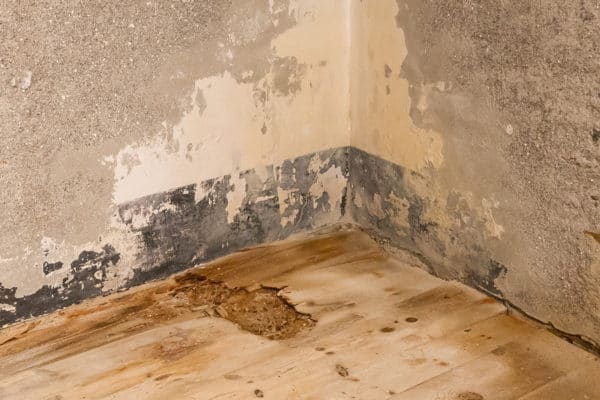
It’s October! Time for all things pumpkin, fall decorations, and staying in to enjoy your home. A potential drawback: the South, unfortunately, does not have instant cooler weather. With temperatures teetering between 85 and 90 degrees, your home might be battling moisture issues and pest invasions in your crawlspace throughout the month. Let’s look at what problems could arise and how investing in crawlspace solutions could help!
Excessive moisture and warm weather work together to create the perfect environment for pests. In addition, your home’s crawlspace is the ideal entry point for pests to enter and invade your home. (Think termites, cockroaches, ants, earwigs, and millipedes)
Along with pests, the high humidity also contributes to conditions suitable for mold growth and wood rot. This can cause severe health issues for members of your home that suffer from asthma and allergies.
Investing in the sealing of your home’s crawlspace won’t just help with cutting down on moisture issues; it can also improve the air quality of your home for you and your family. Acting as a natural pest control barrier, you can get back to enjoying those fall nights indoors and not worrying about what could be taking over your crawlspace.
Interested in crawlspace solutions for your home? Call your local crawlspace care provider to schedule an inspection for your home.
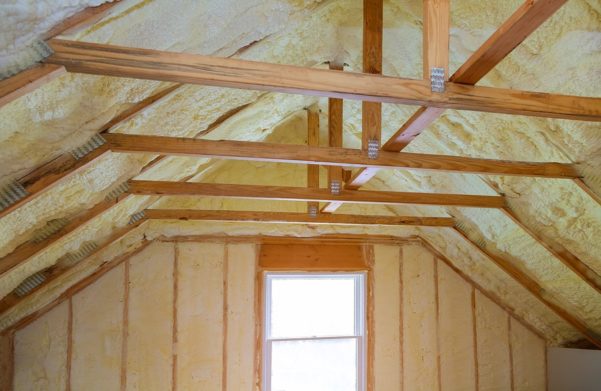
This unseasonably hot weather has catapulted us straight into summer. If you have found yourself making multiple trips back and forth to your thermostat, it may be time to look into improvements around your home that not only stop the multiple trips but also save you money in the end.
With the sun beating down on the roof of your home with little to no cloud cover, your attic will easily see high temperatures during the summer. Without proper insulation, the heat will absorb through the hard materials that make up your home, leading to unbearable temperatures inside.
Proper attic insulation will create air pockets which slow the heat attempting to flow through your home. This will help uneven temperatures between the rooms in your home and lessen the need to consistently visit your thermostat.
High heat and humidity have caused your home to become muggy and intolerable. The humidity and moisture can also become a welcoming environment for mold, fungi, and pests.
Investing in the encapsulation of your crawl space could not only save you money on your energy bills, but also prevent a headache in the long run. Termites thrive in areas of high moisture, putting your home at risk for structural damage. Not only will this method act as pest control, but it can also improve the air quality of your home and create more comfortable living conditions for you and your family.
Still on the fence? Give us a call to schedule your free inspection today, and one of our licensed professionals will answer all of your questions.